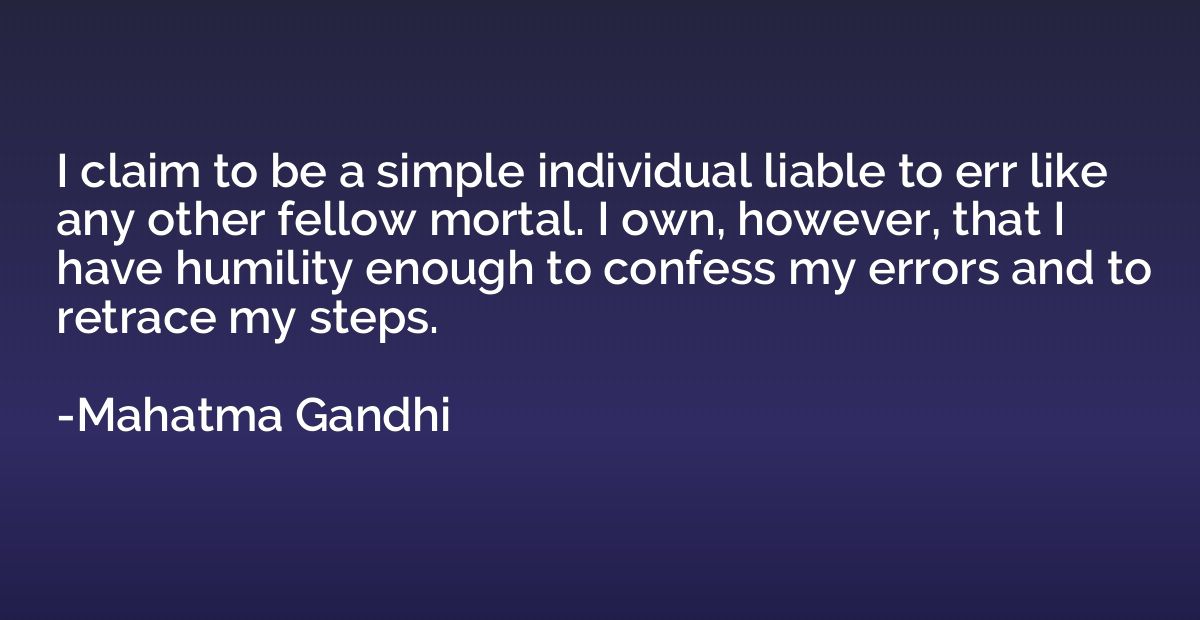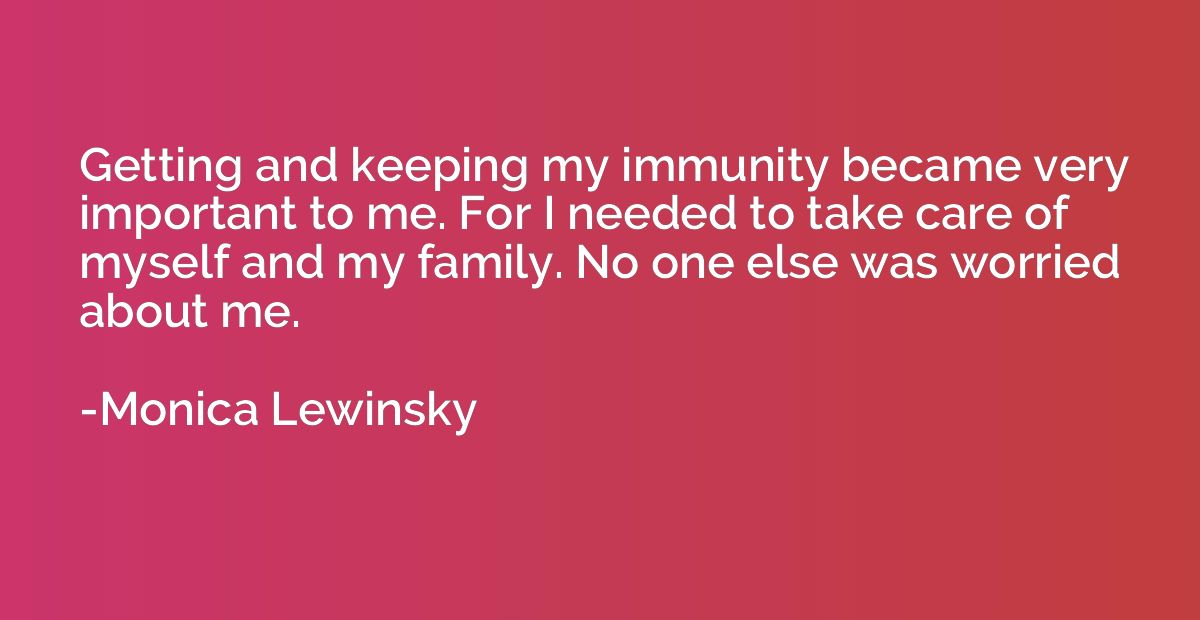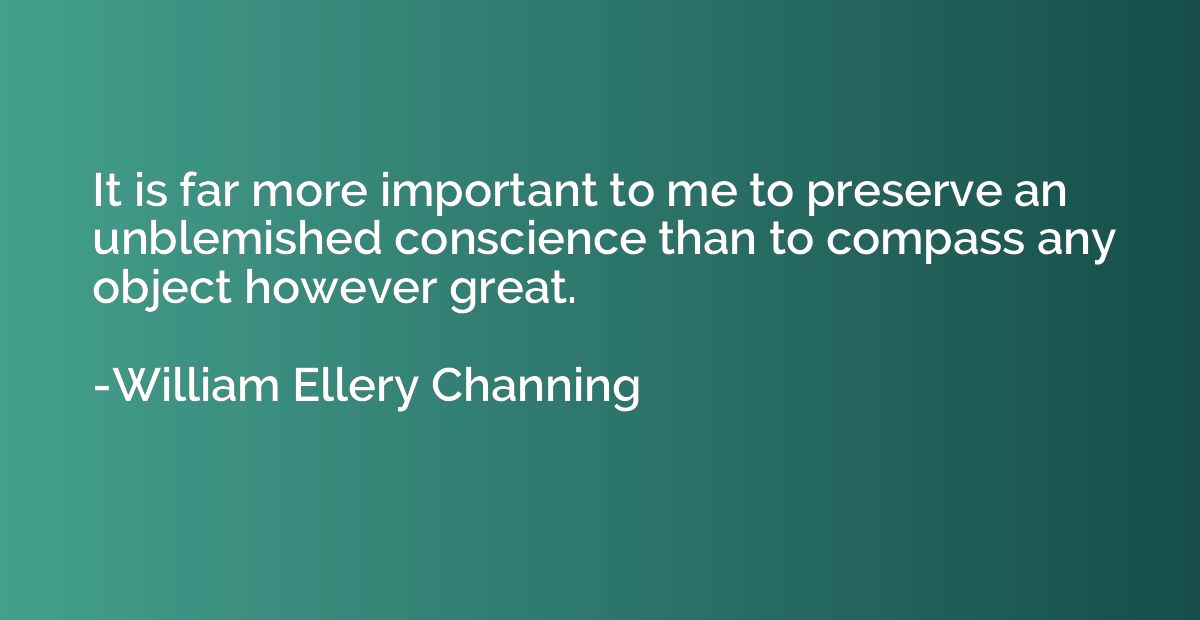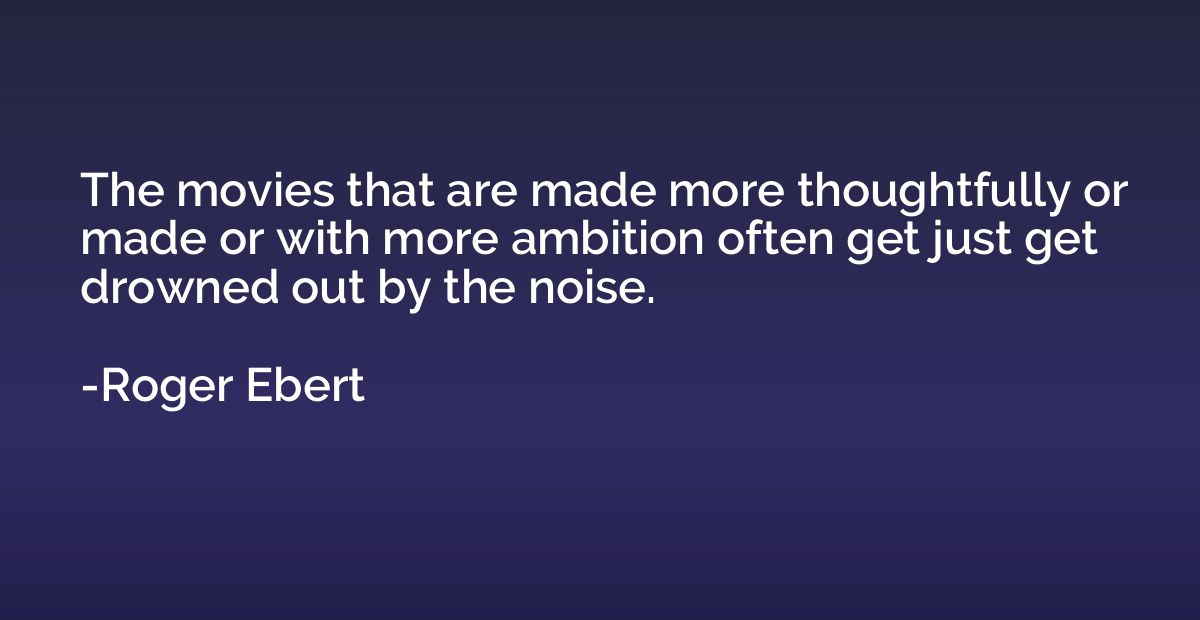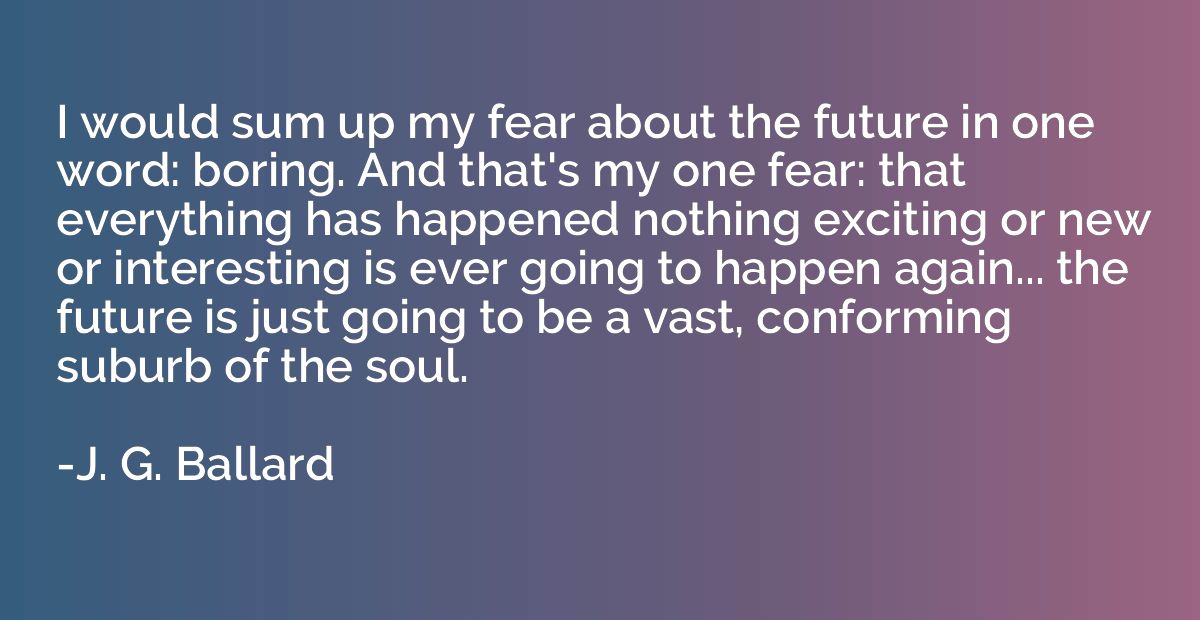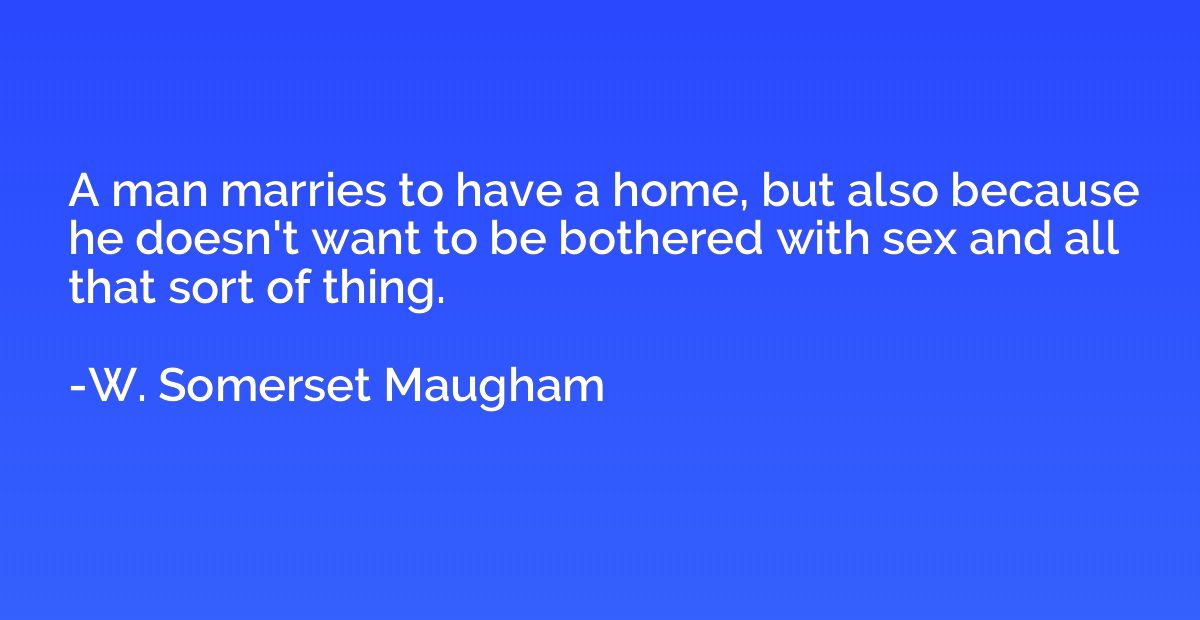Quote by Robert Frank
Black and white are the colors of photography. To me they symbolize the alternatives of hope and despair to which mankind is forever subjected.
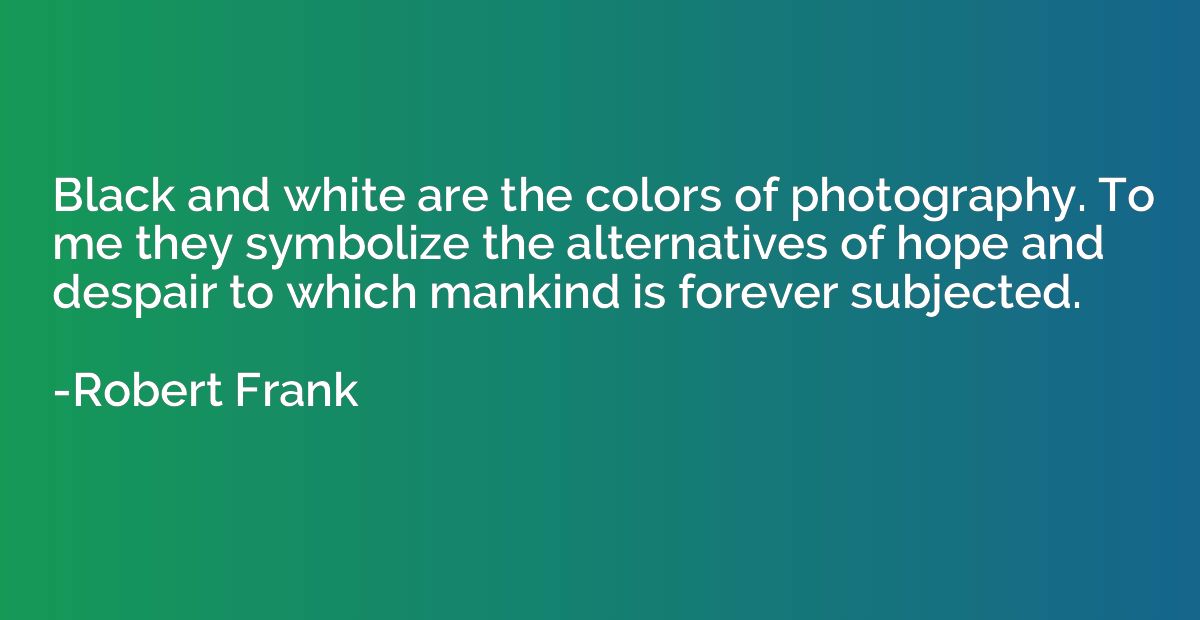
Summary
This quote suggests that black and white, as the colors of photography, represent the contrasting choices of hope and despair that humans constantly face. It implies that these two options are fundamental to the human experience and exist in perpetual conflict. The use of black and white in photography symbolizes the dichotomy of positive and negative emotions, highlighting the choices individuals must make in navigating life's challenges.
Topics
Hope
By Robert Frank




